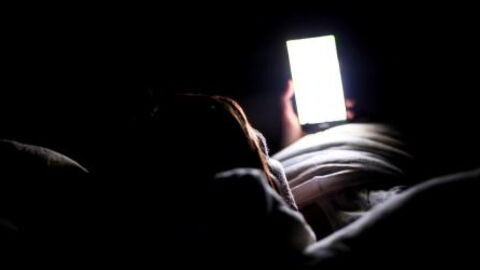Experiments carried out on flies by the Oregon State University’s College of Science, whose results were published in the Nature journal, are chilling.
Discover our latest podcast
An experiment carried out on fruit flies
The researchers worked on fruit flies, which have a cellular structure very similar to that of humans. They divided them into three groups: the first was placed in total darkness; the second was exposed to a cycle of 12 hours of blue light/12 hours of darkness, and the third was bombarded with white light from which the blue light was filtered.
The results are alarming. On the flies exposed to blue light, the scientists found significant damage to the retina.
Worse, they also noticed accelerated ageing of cell tissue, degeneration of the brain, and difficulties in moving. Even genetically modified flies that did not have eyes were affected. Blue light could thus affect the integrity of tissues, without any connection to sight.
According to the report:
Blue light causes accelerated ageing and brain damage that could lead to premature death in the long term.
What about humans?
The report is clear: blue light could have similar effects on the human body.
Jaga Giebultowicz, a researcher at Oregon State University, told Science Daily:
LED technology has not been used long enough to know the lifelong consequences for humans.
The authors of the study recommend wearing suitable glasses or installing applications to filter the blue light from devices.















